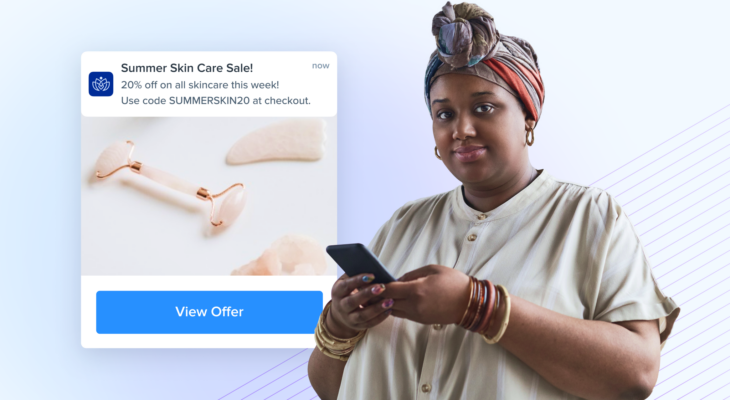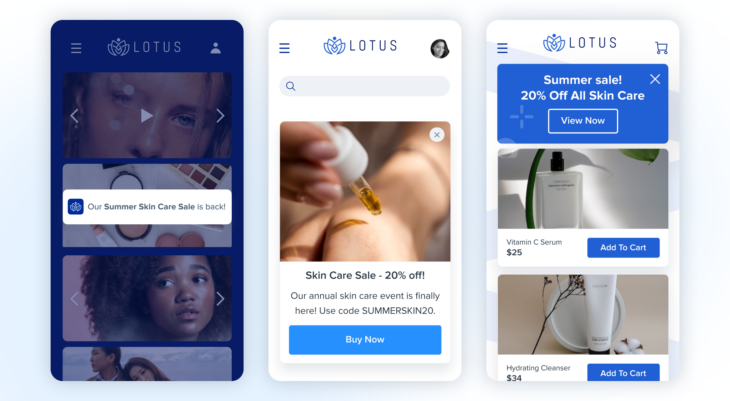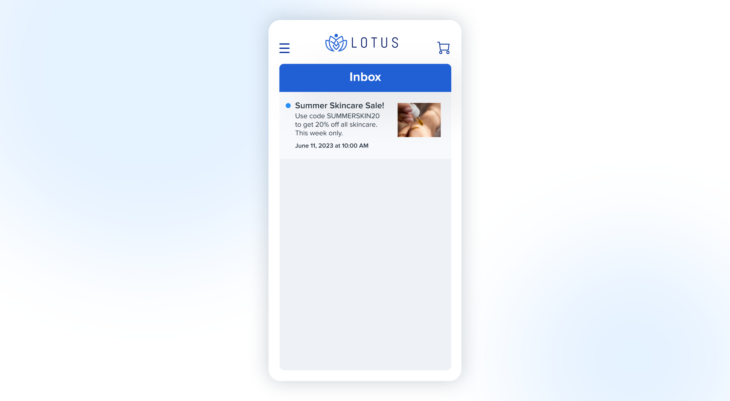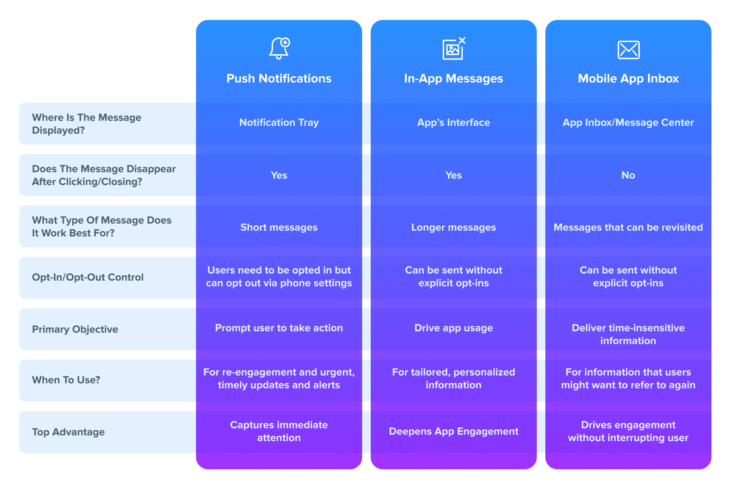With the increasing dominance of mobile usage, it is essential for marketers to step up their mobile marketing game. Stay ahead of the curve by implementing innovative mobile marketing strategies to capture the attention of mobile users. According to this Statista report, there will be nearly 7.5 billion mobile users in the world by 2025.
This implies that there is still a lot of scope and untapped potential that you, as a marketer, can leverage to reach your audience at the right time and the right place – the right place being the users’ mobile phones! To achieve this, it is crucial to prioritize mobile-first experiences while understanding the various channels that can help you uplift your mobile marketing strategy. In this blog, we will explore 3 mobile channels that you can use to communicate with your users and drive better engagement.







